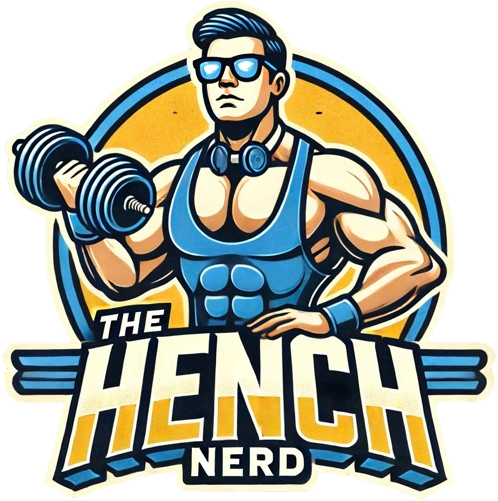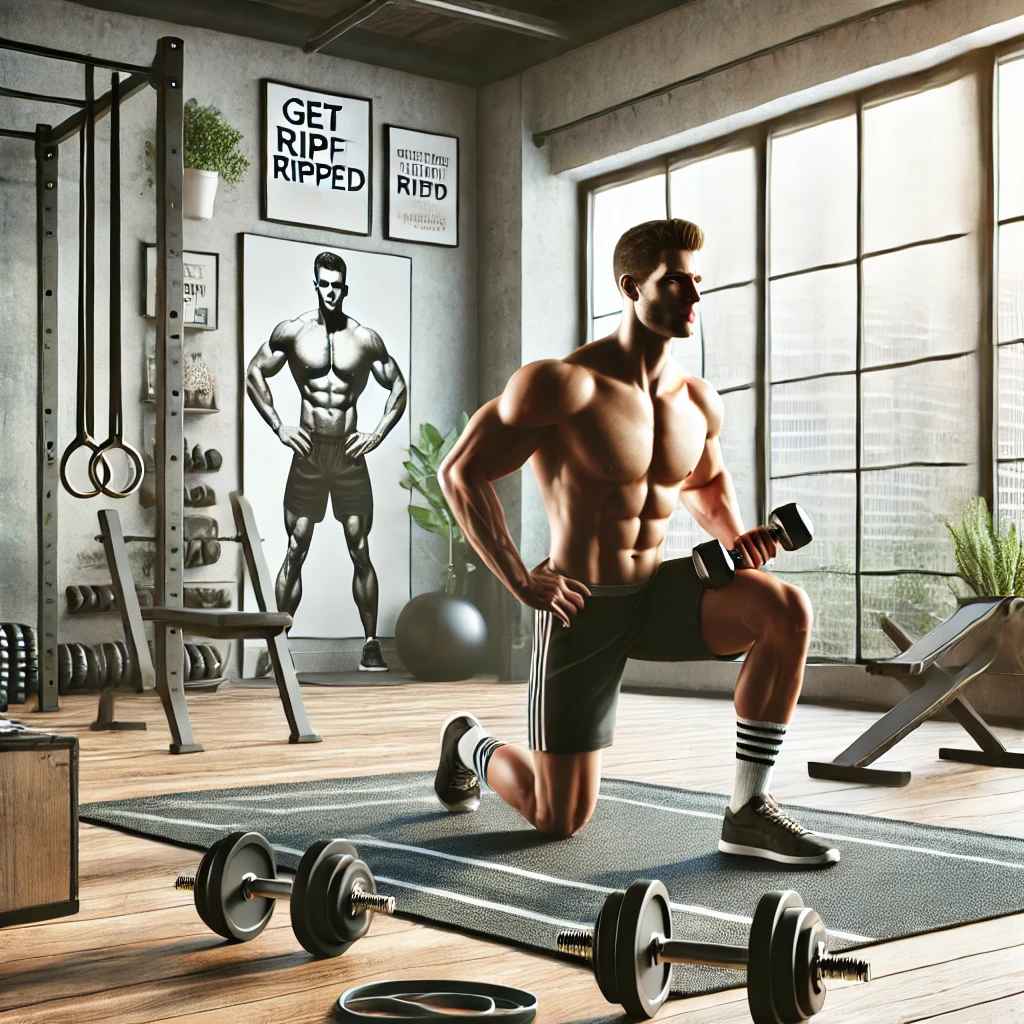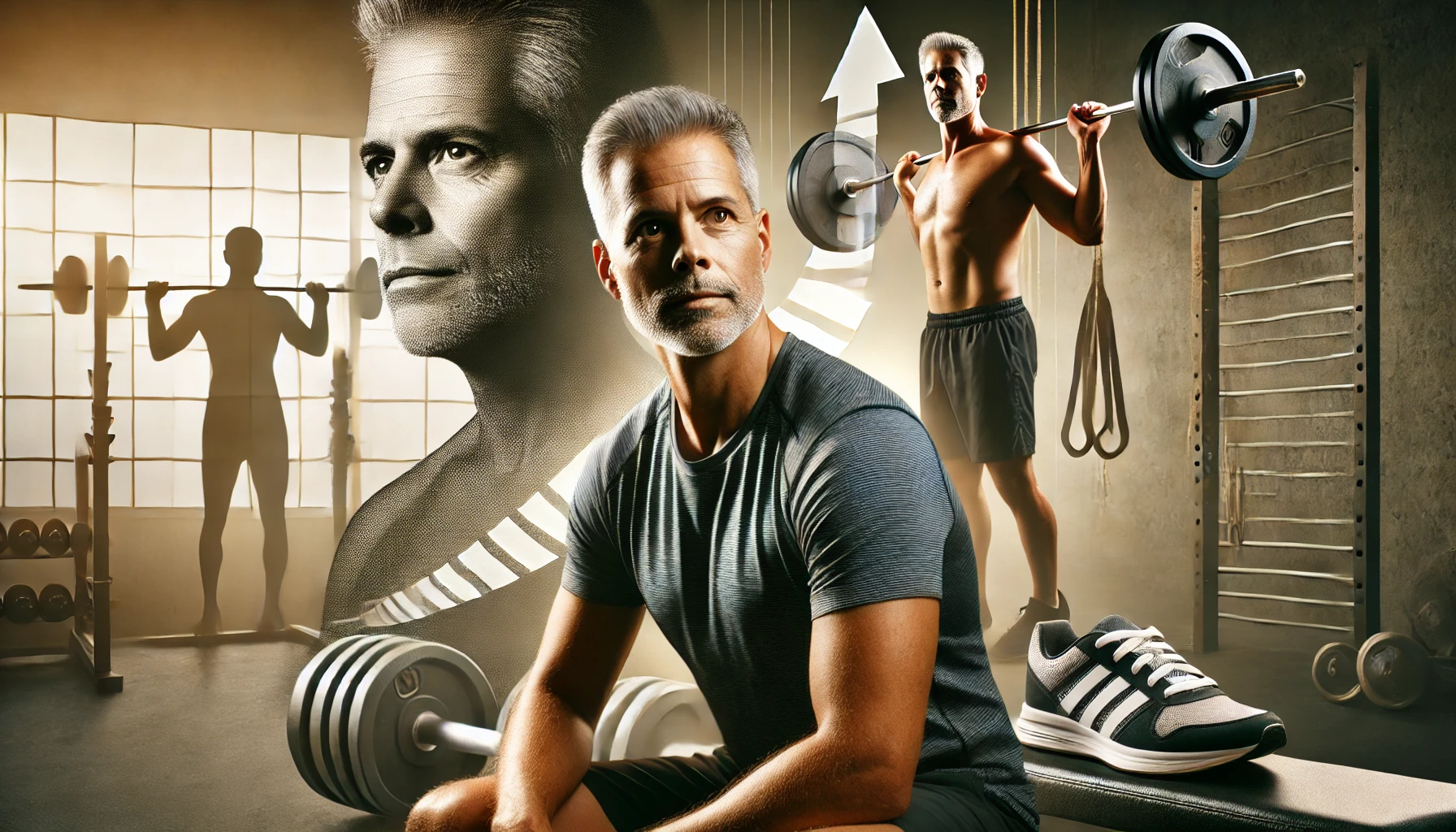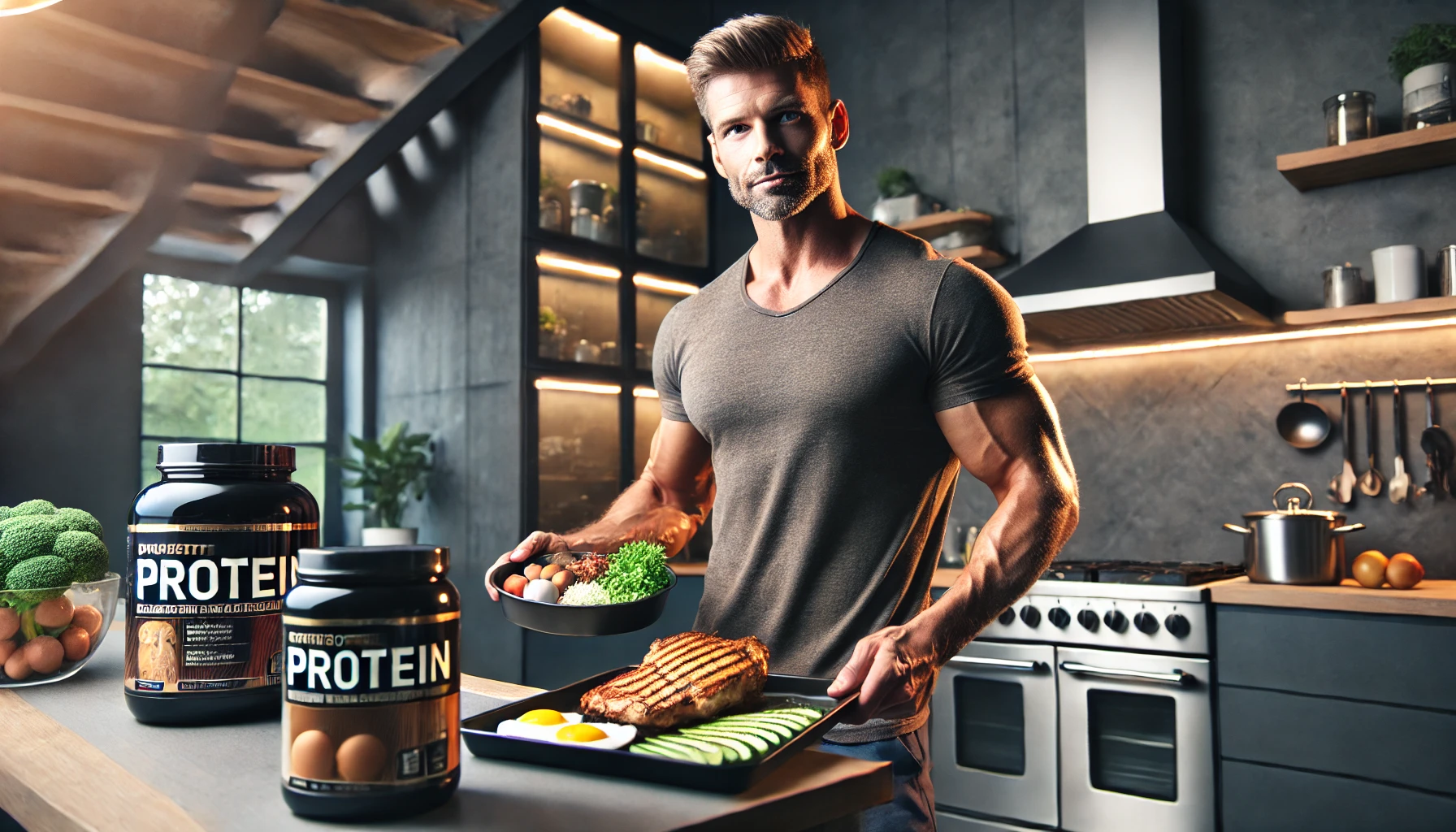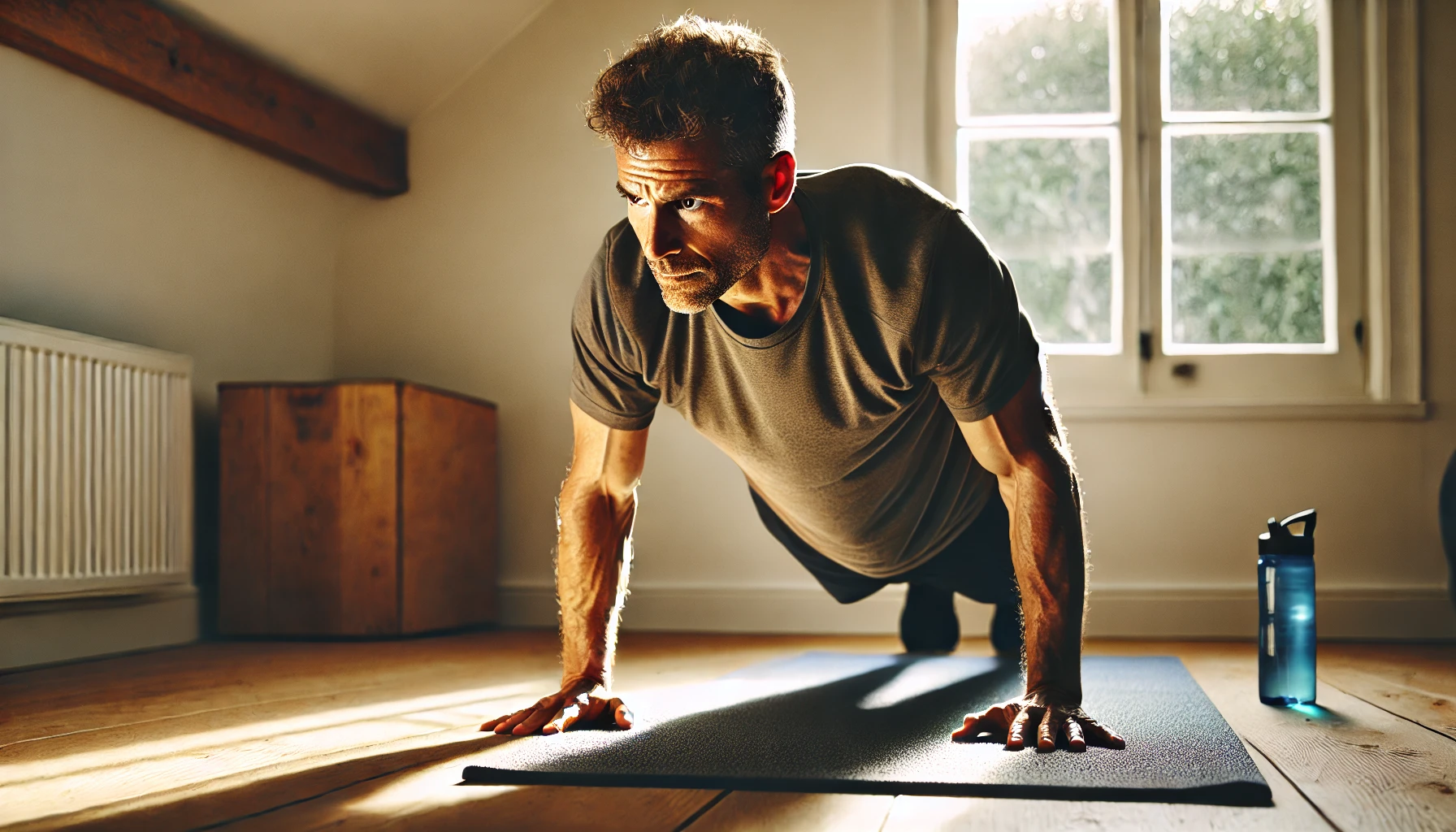Getting Ripped At Home: Complete Home Strength Training
Getting ripped at home doesn’t mean you need a gym membership. You can sculpt your body without ever stepping outside. The key to getting ripped at home is about consistency, the right workout plan, and a solid nutrition strategy. Building muscle and shedding fat comes from a balance of effective training and mindful eating.… Read the rest
